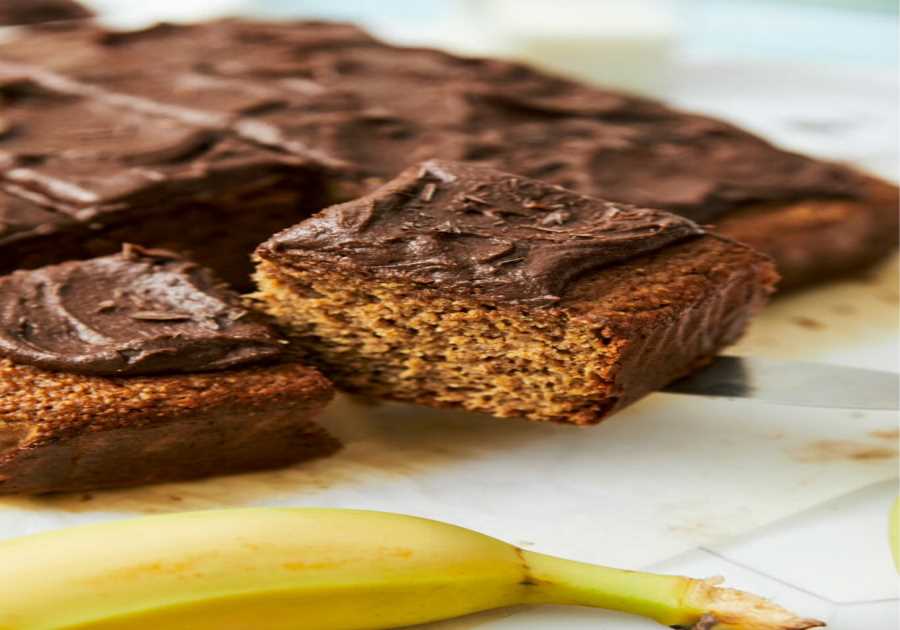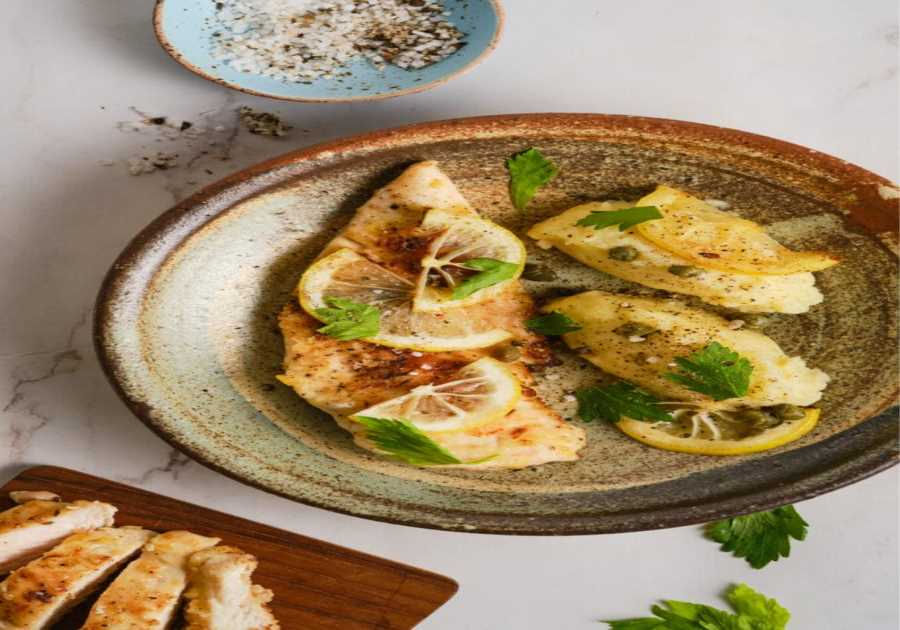
What is Dhana Jeera?
Dhana Jeera is an Indian spice blend consisting of roasted cumin and coriander seeds. It combines savory and sweet flavors, often used in curries, stews, stuffing, pickles, and marinades. Dhana Jeera is thought to have digestive, liver-protecting and antioxidant benefits due to the phytonutrients in the two spices.
The correct English translation for Dhana Jeera is "coriander-cumin seed blend". This seasoning can be found pre-mixed in many Indian stores or mixed at home with equal parts roasted cumin (jeera) and coriander (dhana). Both seeds are dry-roasted when preparing Dhana Jeera to release their flavor and aroma before being ground into a powder.
Dhana jeera imparts an earthy intensity to dishes it's added to and the combination of this with its bright citrus accents makes it widely popular among Indian cooks for curries, stews, chutneys or marinades. Additionally, the spices offer immune boosting vitamins and minerals such as zinc, folate, iron and magnesium which make them perfect for family meals or as part of plant-based recipes.
This unique sauce works perfectly as part of a tarka - heated oil infused with garlic, onions or chilli before adding seasonings - or even tossed into dal for punchy flavor. For those looking for something even more unique, try blending dhaniya jeera into your homemade samosas or hash browns before baking - you won't be disappointed!
Indian ceremonial meal
Dhana jeera is a staple of Indian cuisine. It is a blend of ground cumin and coriander seeds, often in a ratio of 1:1. It is used in dals, curries, and marinades. Having a good ratio of the two is important to avoid blandness. The best way to achieve this is to mix the ingredients in a mortar and pestle, then grind them in a blender. This method is time-consuming but worth the effort, as the final product has a more complex texture.
One of the most common uses for dhana jeera is in mutton cutlets. These are traditionally cooked in red lentil-based gravy. Before serving, the meat is browned. To enhance the flavor of the dish, a bit of turmeric is added to the pan. When the meat is done, add it to the sauce. You can also add fresh green chilies for a kick.
The biggest reason for using dhana jeera in your kitchen is its ability to add depth and character to your dishes. Whether you are preparing a meat based curry or a vegetable based dal, this spice is sure to make an impression.
Spice blend used in West Indian cooking
In India, Dhana Jeera is used in many curries and dals. The mixture is also used in biryanis.
The spice mix is an excellent addition to any dish. You can buy a pre-made blend of whole spices or make your own.
Dhana Jeera can be used in dishes for both vegetarians and meat eaters. Some people add it to their food for flavoring and to improve digestion.
Dhana Jeera is a common spice in Indian restaurants. It can be found in the spice cabinet at the grocery store. This spice mix is a convenient way to give your meals a boost.
Dhana Jeera is mainly used in vegetarian dishes. It is a blend of ground toasted coriander and cumin seeds. Adding a small powder to your meals can bring a rich, aromatic taste.
Health benefits of dhana jeera
Jeera or coriander seed is a powerful source of antioxidants. It helps the body fight infection-causing bacteria and strengthens the heart muscles. In addition, it is an excellent source of minerals, iron and vitamins.
In traditional medicine, cumin seeds treat digestive problems, food-borne infections and even diabetes. Their anti-bacterial and anti-spasmodic properties help relieve pain in the abdomen. Besides, they are known to be an effective treatment for nausea and dizziness.
Cumin and coriander powder are also good for weight loss. They contain active phenolic compounds that help control the absorption of carbohydrates, fat and cholesterol. Additionally, they increase the rate at which the body burns calories. This helps individuals keep a healthy weight.
Aside from its many health benefits, jeera water can help prevent acid reflux at night. This is especially useful for pregnant women. Since it is a good source of iron, it helps ensure the baby gets proper nutrients.
Ingredients required for making dhana jeera powder
It is also known as Bhuna Jeera in Hindi. There are a few different types of dhana jeera, but the main difference is how they are made. A homemade version of dhana jeera is the best. The process involves grinding the seed into a fine powder and adding the ground mixture to the dish.
When preparing dhana jeera, it is important to watch it closely to avoid burning. It burns easily, so be sure to stir it often.
This spice powder is popular to add to various foods, including vegetable curries, chaats, and even plain yogurt. You can store this powder for several months at room temperature or for up to a year in the refrigerator.
Unlike ground cumin, roasted cumin powder has a more intense and peppery flavor. You can make your roasted cumin powder home in as little as 15 minutes.
Frequently Asked Questions
Is Thai cuisine made with garlic?
Garlic is an ingredient used in Thai cuisine. Garlic is used often in Thai cuisine, such as soups, stir fries, curries, sauces, and salads.
In Thailand, garlic is chopped and fried with shallots, ginger, and spices. Also, you can eat it with sticky white rice.
Chilli paste, salt and lime juice are the most popular ways to eat garlic. This mixture is known as Nam Phrik (namphrik). Nam phrik can be served with grilled chicken and beef.
What are the best Thai spices to use?
Galangal, galangal, coriander, turmeric, ginger, cinnamon and clove are the best Thai herbs. Other good spices include clove, cardamom and black peppercorn as well as cloves, star anise and cloves.
Rose petals and bay leaves, pandan leafs, curry leaves, pandan leave, kaffir lemon leaves, vanilla beans. Tamarind pods, lemongrass, basil, mint are other useful spices.
Is Paprika used in Thai food?
Yes. It's an ingredient in many dishes including Pad See Ew (Thai Fried Rice), and eggs cooked in coconut milk.
Thai food, Mexican, Spanish or Indian cuisines, Thai food, Mexican, Spanish, Indian, Chinese, Thai, Thai, Greek, Turkish and Balkan cuisines all contain paprika.
Paprika is a product that dates back over 5,000-years to Ancient Greece. The Hungarian language, which means "pepper", is where the word "paprika" came from.
Does Thai use ginger?
Yes. Ginger is used extensively in traditional Thai cooking. It is often added to stir-fries and soups and is also commonly used in desserts and drinks such as lassis.
Ginger is native to China, Japan, and Korea, and its origins date back more than 5,000 years. It is believed to have originated in Southeast Asia, where it was cultivated for medicinal purposes.
Ginger has been known to improve digestion and reduce nausea. It may even help prevent migraines. In addition, ginger aids in reducing muscle spasms, relieving joint pains, and treating arthritis.
Ginger is often fresh in Thailand. Ginger root is first cut into thin strips before drying and stored. Ginger root can be purchased in cans or jars at Asian markets.
What are the uses of Thai spice?
We've all heard the term "Thai spice" thrown around without knowing exactly what it means. But once we start to feel the heat in our mouths, we wonder why it hasn't been eaten more.
It's not just any spice. It's an ingredient that can add flavor and depth in dishes that otherwise would be bland.
Many recipes call for Thai spice, but only a few have the actual thing. Let's learn how to include these delicious flavors in your meals.
Thais have been cooking with herbs, spices and other flavors since ancient times. Thai comes from the Sanskrit term for "to prepare".
Many Thais love spicy foods, even today. This preference can often be attributed to Thailand's hot weather, which makes it hard to stay warm without hot beverages. Thais also consume more chili peppers per capita than Americans and Europeans.
A local Asian grocery store is the best place to learn more about Thai spice. There you will find a variety of ingredients such as dried chilies fresh basil leaves curry paste and ground black pepper.
You might also find whole peppercorns and cloves as well as cinnamon sticks, star anise pods (star anise), cardamom pods ginger root, cumin seeds coriander seeds seeds, fennel seed, nutmeg mace, mustard seeds, saffron threads garlic, onion, rice vinegar, and tamarind juice.
Thai cuisine offers two types of spices: dry and moist. Wet spices are ground finely, while dry spices are typically ground.
Dry spices can be added to any dish. For example, you can sprinkle ground red pepper onto your chicken soup. To make a paste, wet spices are often mixed with butter or oil.
Wet spices are used in dressings, sauces and marinades. Common wet spices include oyster sauce, fish sauce and sesame oils, curry paste, hoisin sauce, and sesame seed oil.
You need to be able to match certain spices with Thai ingredients if you wish to make Thai food at home.
Red pepper flakes should be used if you're using beef. White pepper is better for seafood such as shrimp.
Online ordering is also possible if you don’t have an Asian market. You will find everything from dried chilies to exotic herbs and spices here.
These Thai recipes will make you hungry next time!
Statistics
- According to Healthline, pink Himalayan salt is estimated to contain up to 84 minerals and trace elements, which gives the salt its special pink color. (spicecravings.com)
- India contributes to 75% of global spice production. (en.wikipedia.org)
- It has been estimated that around 1,000 tons of pepper and 1,000 tons of other common spices were imported into Western Europe each year during the Late Middle Ages. (en.wikipedia.org)
External Links
amazon.com
- Amazon.com. Spend less. Smile more.
- Amazon.com : Morton & Bassett Whole Nutmeg 1.9 Oz : Nutmeg Spices And Herbs : Grocery & Gourmet Food
ncbi.nlm.nih.gov
- Validation of novel Lifestyle Inflammation Scores and Dietary Guidelines - PMC
- PubMed: Molecular mechanisms of curcumins suppressing tumorigenesis, angiogenesis and metastasis. Focus on NF-kB pathway – PubMed
en.wikipedia.org
pubmed.ncbi.nlm.nih.gov
How To
How to Cut Shiitake Mushrooms
The shiitakes are doing well. You can't go wrong with them. However, how do you cut them without cutting yourself? We tried everything. Even scissors. We keep losing them. What is the deal?
The trick is simple. To make the mushroom stem stick out, wrap a rubber band around it and twist it tightly. This will ensure that you don't fall and break your wrists.
You may think it sounds too easy. It is. But it's also very powerful.
The rubber band makes your stem slippery and it feels very natural when you pick it it up. You can also hold the stem tight.
Go ahead, try it. You'll be amazed at how much easier it is to cut mushrooms now.
Did you miss our previous article...
https://belovedsaffron.com/spices/how-to-make-pesto-pasta
.png)





